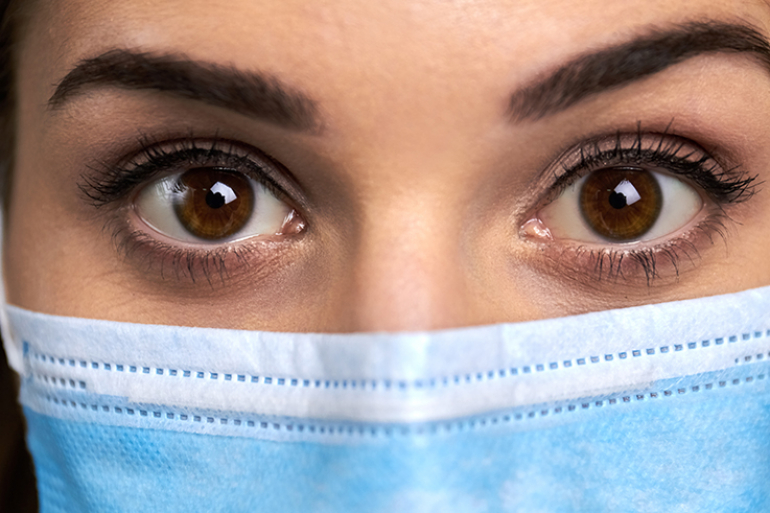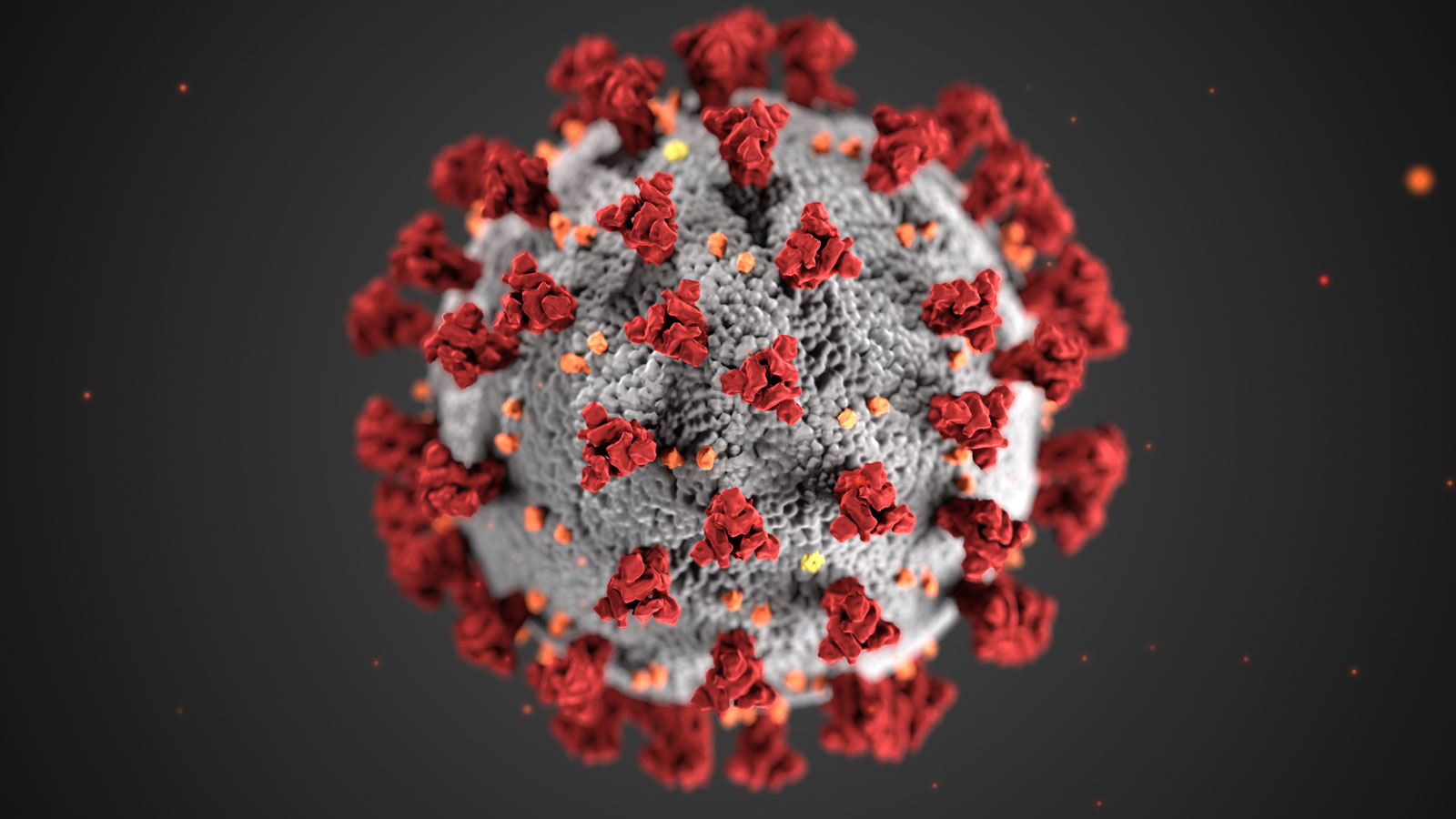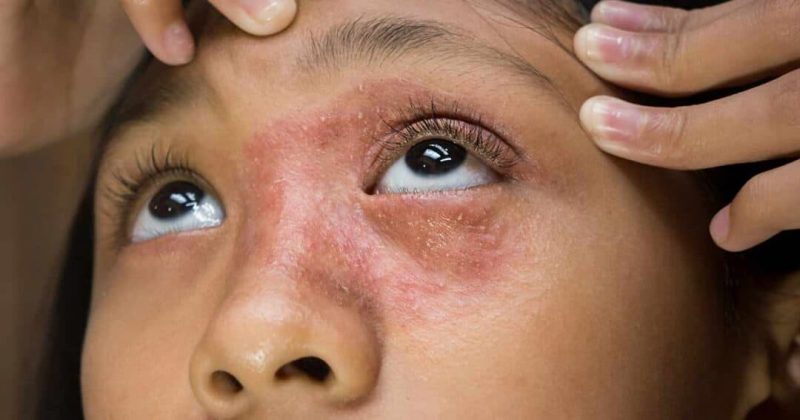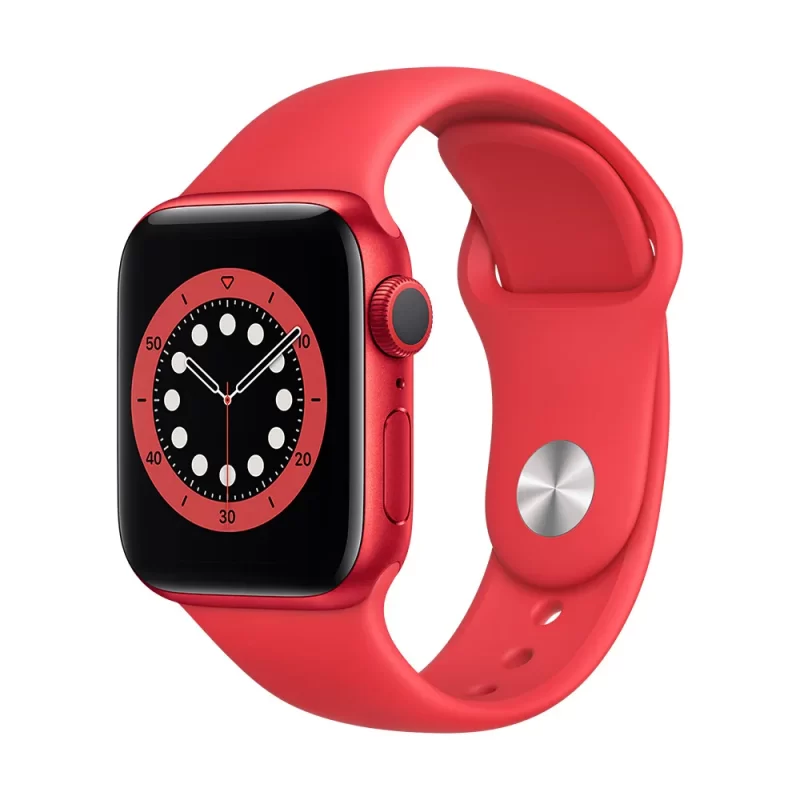How does COVID affect the eyes?

Over the past 18 months, COVID-19 has wreaked havoc on the world and has affected all of us in many different ways. Some of the most common COVID symptoms are now widely well known, such as a fever, cough, shortness of breath and the loss of smell and taste. How COVID can affect the eyes, however, is less well known – nevertheless, studies have shown that COVID does have some form of impact on the eyes. In this piece, we will explore how COVID affects the eyes and what impact it can have in the short and long term.
Can COVID cause blurry vision?
From what is currently known about COVID and its possible symptoms, COVID does not seem to directly cause blurry vision – what it can cause is viral conjunctivitis (pink eye) or symptoms that closely resemble pink eye. In one study from the initial 2020 outbreak of COVID in Hubei Province, China, it was found that 31.6% of patients (almost 1 in 3) had pink eye symptoms after contracting COVID. Pink eye is an infection of the transparent membrane(conjunctiva) that lines your eyelid and covers the white area (sclera) in your eye. In some cases, conjunctivitis and other similar eye conditions can lead to mildly blurry vision.
Other symptoms that can potentially be a sign of pink eye include:
- Eye redness
- Clear, watery discharge
- Dryness
- Itchiness
- A ‘scratchy’ sensation in your eyes
- Sensitivity to light
Thankfully, blurry vision from pink eye – whether it was caused by COVID or any other virus or bacteria – is typically mild and infrequent. If you are experiencing thick eye discharge (no matter what the colour is), it may not be a symptom of COVID but it could be a sign ofbacterial conjunctivitis. Nevertheless, if you are experiencing any changes to your vision or the colour and consistency of your eye discharge, please visit your eye doctor (provided you have no other COVID symptoms of course).
What is the short-term impact of COVID on the eyes?
As we’ve all learned by now, COVID is primarily spread through respiratory droplets that are produced when someone infected with COVID sneezes or coughs. It can also be spread by touching a surface or object with the virus present from an infected person and then touching the nose, mouth, or eyes. Short-term impacts of COVID on the eyes can be the mild blurry vision and pink eye symptoms mentioned previously, including tearing, a gritty sensation in the eyes and discharge that forms into a crust – which makes opening your eyes quite difficult. Therefore, suffering from pink eye along with other COVID symptoms can, unfortunately, be extremely unpleasant even if your symptoms are mild.
What is the long-term impact?
While COVID may only be infectious for 2 weeks (hence the reason for a 2 week quarantine period), its typical symptoms can last for many weeks and months after initially catching the virus – this is called ‘long COVID’. Long COVID (or post-COVID syndrome) is defined as: “Signs and symptoms that develop during or following an infection consistent with COVID-19 which continue for more than 12 weeks and are not explained by an alternative diagnosis”. Some of the ongoing symptoms of long COVID include extreme fatigue, shortness of breath, chest pain or tightness and nausea. However, one of the lesser known symptoms of long COVID is vision deterioration.
Eye specialists are starting to notice that those who have seemingly recovered from COVID-19 are now beginning to develop new eye-related complications. While some people report experiencing blurry vision while they are still ill with the virus, experts have revealed that the impact of COVID on eye health and vision can last for a lot longer past the initial period of illness.
They found that the virus can lead to retinopathy (disease of the retina), which is when the blood supply to the retina is blocked or restricted, which can impair your vision. It’s a condition that people with diabetes may also suffer from. It’s thought that retinopathy can occur a few weeks after recovering from the initial COVID-19 illness, and blurred vision can be a symptom of retinopathy. Therefore, if you are experiencing blurred vision at any point after catching COVID – even if you feel that you have otherwise recovered – it is important that you get an eye test to check for any issues with your vision and eye health, to prevent the condition from worsening any further.
In addition to retinopathy, studies have shown that long COVID can lead to nodules growing on your macula. Located at the back of your eye, the macula is the part of your retina that is responsible for central vision. As the French Society of Neuroradiology took scans of patients who were previously hospitalised with COVID-19, they found that 7% of these patients had nodules in the macular region of their eyes. One reason for this could be that eye issues often go unnoticed in COVID patients, as they are not usually as life-threatening as other COVID symptoms may be. Unfortunately, it means that eye conditions such as this may not be noticed until the condition worsens, which is why you must visit an eye doctor if you are experiencing any vision issues with long COVID.
To protect yourself against COVID-19 as best as possible, wash your hands often and stay at home if you experience any COVID symptoms. If you do go out, be sure to keep a safe distance from others and wear a face mask. Although the more serious and life-threatening symptoms of COVID-19 and long COVID take precedence when receiving treatment, it is also crucial that you are aware of any changes to your vision as you recover. The sooner your eye complications from COVID are seen by your optician and treated, the better your chances of avoiding vision loss.






Recent Comments